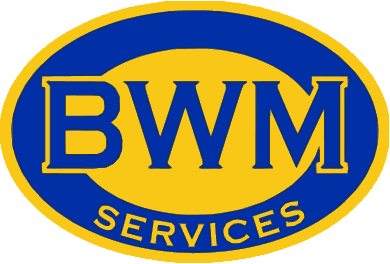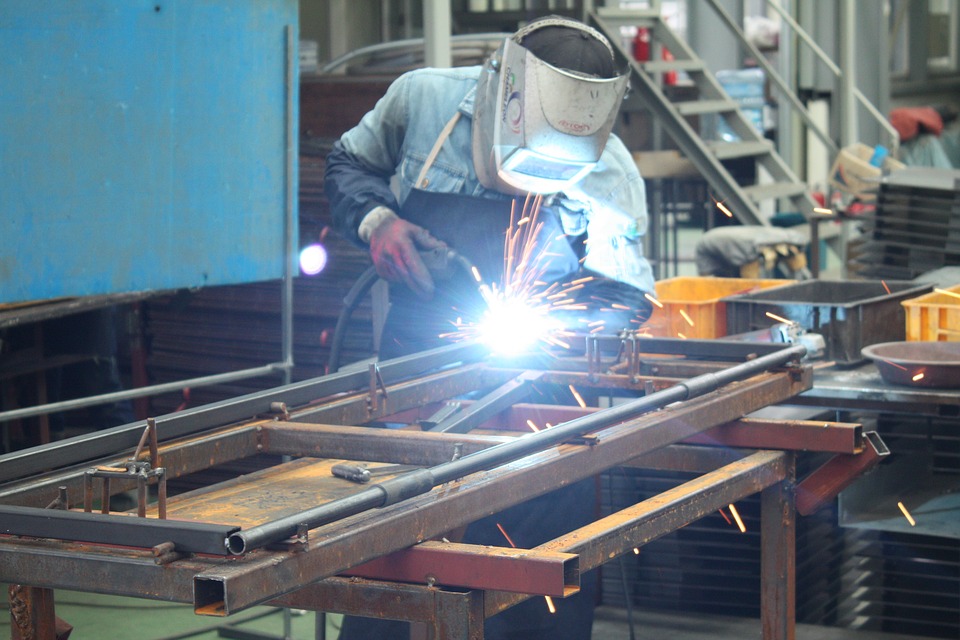When choosing a power source for SMAW, the following factors should be considered:
- Type of welding current required
- Output characteristics of the power source
- Amperage range required
- Positions in which welding will be done
- Primary type of power available at the workstation
The selection of the type of current — alternating current (AC), direct current (DC), or both — is based largely on the kind of welds to be made and on the types of electrodes that are suitable for use. A transform or an alternator-type power source can be used for AC welding. Conversely, the choice is between a transformer-rectifier or motor-generator power source for DC welding. When both AC and DC are utilized, a single-phase transformer-rectifier or an alternator-rectifier can be used. Otherwise, two welding machines are required, one for AC and one for DC.
Either AC or DC can be utilized for SMAW. The particular type of current and the output of the power source influence the performance of the electrode. Each current type has advantages and limitations, which should be considered when choosing the type of current for a specific application. You must consider the distinctive performance in each of the following areas:
Instances of Excessive Voltage Drop
Long electrical cables will be required when the work is located a long distance from the power source. The resistance to current flow in long cables may affect the output of the welding power source and the welding characteristics of the process. The voltage drop in the welding cables is lower with AC, so if the welding is to be done at a long distance from the power supply, AC is more efficient. Long cables that carry AC should not be coiled because the inductive losses encountered in such cases can be substantial.
Welding with Low Current
DC provides better operating characteristics and a more stable arc with small-diameter electrodes and low welding currents.
Arc Initiation
Striking the arc is typically easier with DC, especially if small-diameter electrodes are used. With AC, the welding current passes through zero during each half cycle, requiring periodic re-ignition of the arc. This presents issues for arc starting and arc stability.
Maintaining Constant Arc Length
Welding with a short arc length (low arc voltage) is easier with DC than with AC. The shortest practical arc length is ideal for optimum physical properties of the weld metal. As a result, the ability to weld with a short arc length is a critical consideration, except when electrodes with a high iron power content are are to be used. With these electrodes, the deep crucible formed by the heavy covering automatically maintains the proper arc length when the electrode tip is dragged on the surface of the point.
Arc Blow
Because the magnetic field is constantly reversing (12o times per second), alternating current rarely presents a problem with arc blow. When welding ferritic steel, arc blow can be a significant problem with DC. Unbalanced magnetic fields that arise can deflect the arc and eject the transferring metal droplets.
Out-of-Position Welding
DC is somewhat better than AC for vertical and overhead welds because the welding performance is better at lower amperages. However, with electrodes that are suitable, satisfactory welds can be made in all positions with AC.
Metal Thickness
Both sheet metal and heavy sections can be welded using DC. Welding sheet metal with AC produces a less desirable weld than with DC. Arc stability is better with DC at the low current levels required for thin materials. However, properly sized and designed AC electrodes, such as the E6013 types, are utilized for sheet metal applications.
Mechanical Properties
As a rule, welds made with direct current electrode positive (DCEP) have better mechanical properties, particularly weld metal toughness. Skilled welders can exercise a greater degree of control of the average arc length with DCEP. The shorter arc results in lower traces of dissolved elements that originate from the air.
Source: aws.org


